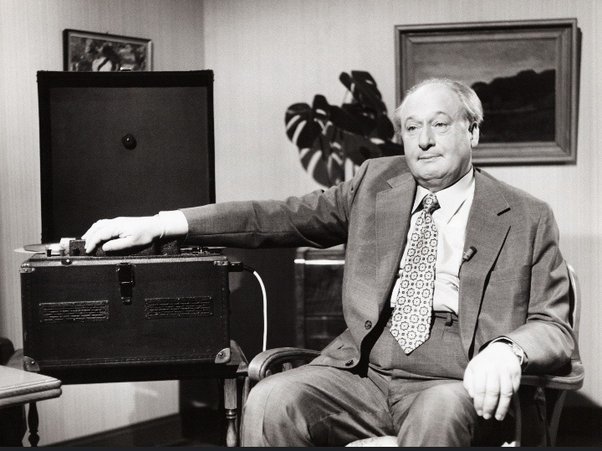The History of CCTV Cameras
Closed-circuit television (CCTV) cameras have become an integral part of modern surveillance systems, enhancing security and monitoring in various settings. Let's take a quick journey through the intriguing history of CCTV cameras and how they have evolved over time.
Early Beginnings: The concept of closed-circuit television can be traced back to the late 19th century. In 1880, a German engineer named Paul Julius Gottlieb Nipkow developed the Nipkow disk, a rotating device that could capture images in a spiral pattern. While this was an important invention for image transmission, it wasn't until several decades later that the first CCTV camera emerged.
Birth of CCTV Cameras: The first functional CCTV camera was invented by a German engineer named Walter Bruch in 1942. Known as the "Peep-Hole," this early camera system was used for monitoring the launch of V-2 rockets during World War II. It relied on a primitive closed-circuit system that allowed the captured images to be viewed on a monitor.
CCTV technology continued to evolve in the following decades. In the 1960s, the advent of video recording and playback systems led to the development of more sophisticated CCTV cameras. The cameras became smaller, more efficient, and capable of recording footage for later review.
With advancements in electronics and digital technology, CCTV cameras became increasingly popular for security and surveillance purposes in the 1980s and 1990s. They were widely used in banks, retail stores, and public spaces to deter crime and monitor activities. Analog systems dominated the market during this period.
The turn of the millennium marked a significant shift in CCTV technology with the emergence of digital systems. Digital cameras offered improved image quality, higher resolutions, and greater storage capacity. Additionally, network-based CCTV systems began to emerge, allowing for remote monitoring and management.
Modern Innovations: In recent years, the integration of advanced technologies has transformed CCTV cameras further. High-definition (HD) and ultra-high-definition (UHD) cameras provide unparalleled clarity, while infrared and night vision capabilities enhance visibility in low-light conditions. Additionally, the rise of artificial intelligence (AI) has enabled features like facial recognition and object tracking, enhancing the effectiveness of CCTV systems.
Contact us to learn more about security solutions we offer!






